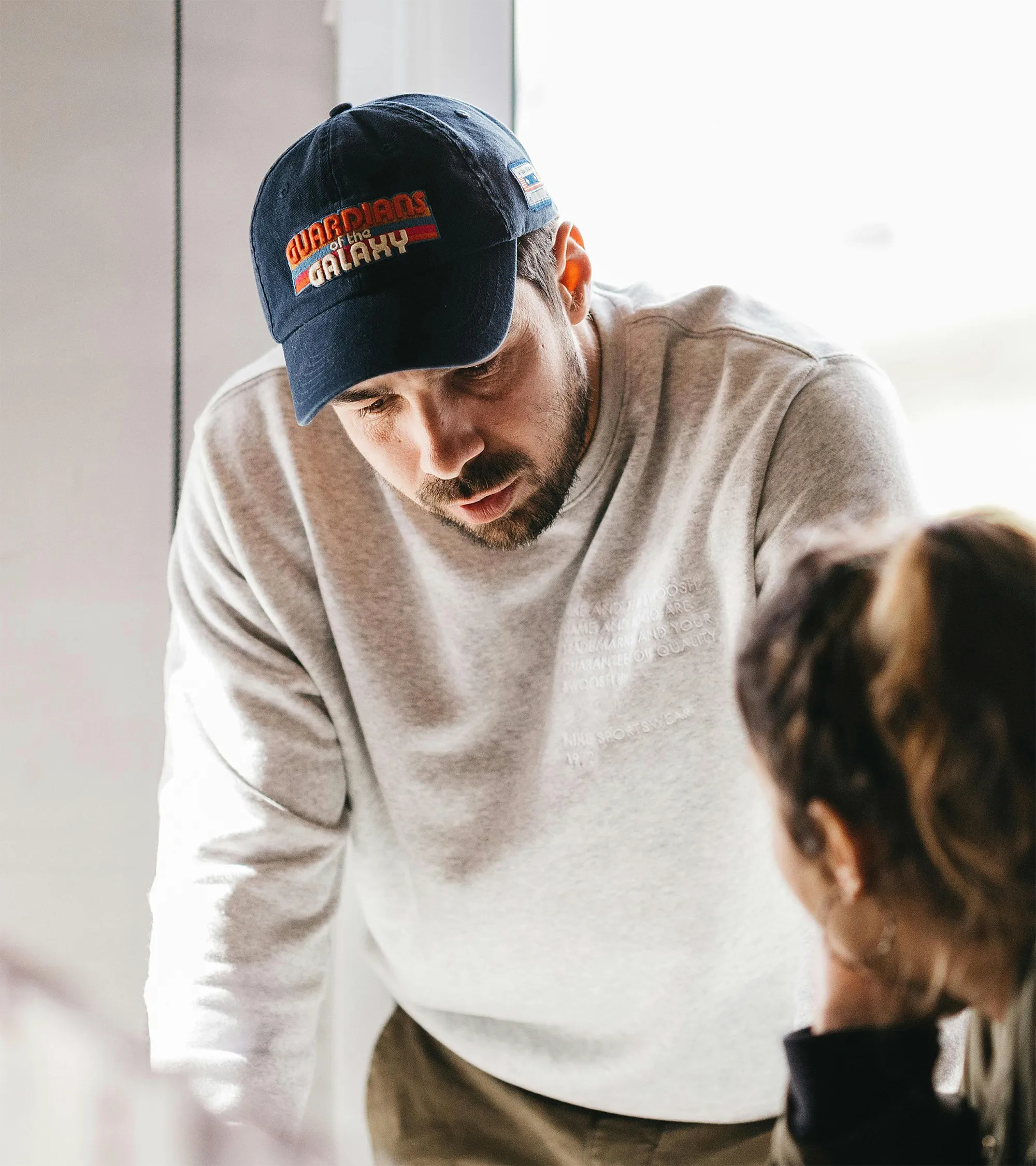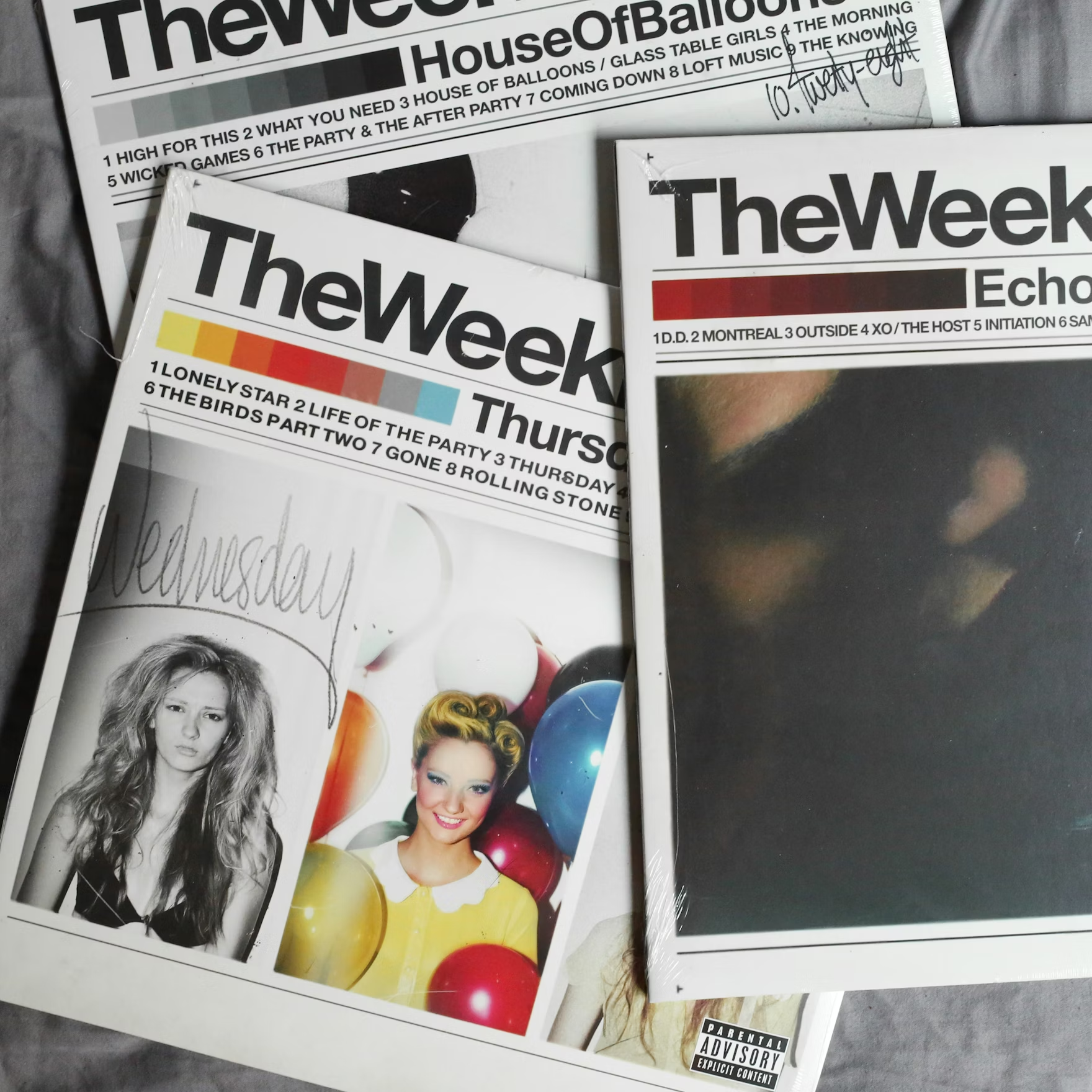


For years, the creative and product worlds have been separated by a common language. We both talk about "users," "journeys," and "experiences," but we often mean fundamentally different things. Creatives, steeped in the world of story, see the user as an audience member on an emotional journey. Product managers, grounded in data and systems, see the user as a participant in a logical journey.
The result? Friction. Disconnected experiences. And a massive, untapped opportunity.
As a leader who has built a career living at the intersection of these two worlds—shipping both multi-million impression brand campaigns and user journeys that increased platform retention by 30%—I've learned that this is a false dichotomy. The most successful, resonant, and profitable products of our time are not just well-engineered systems; they are well-told stories.
The secret is to stop treating these disciplines as separate and start applying the rigorous, user-centric principles of Product Thinking directly to the creative process. This isn't about turning art into a soulless algorithm. It's about building a framework that allows creativity to be more strategic, more impactful, and more successful. This is the framework I use to bridge the gap and build work that matters.

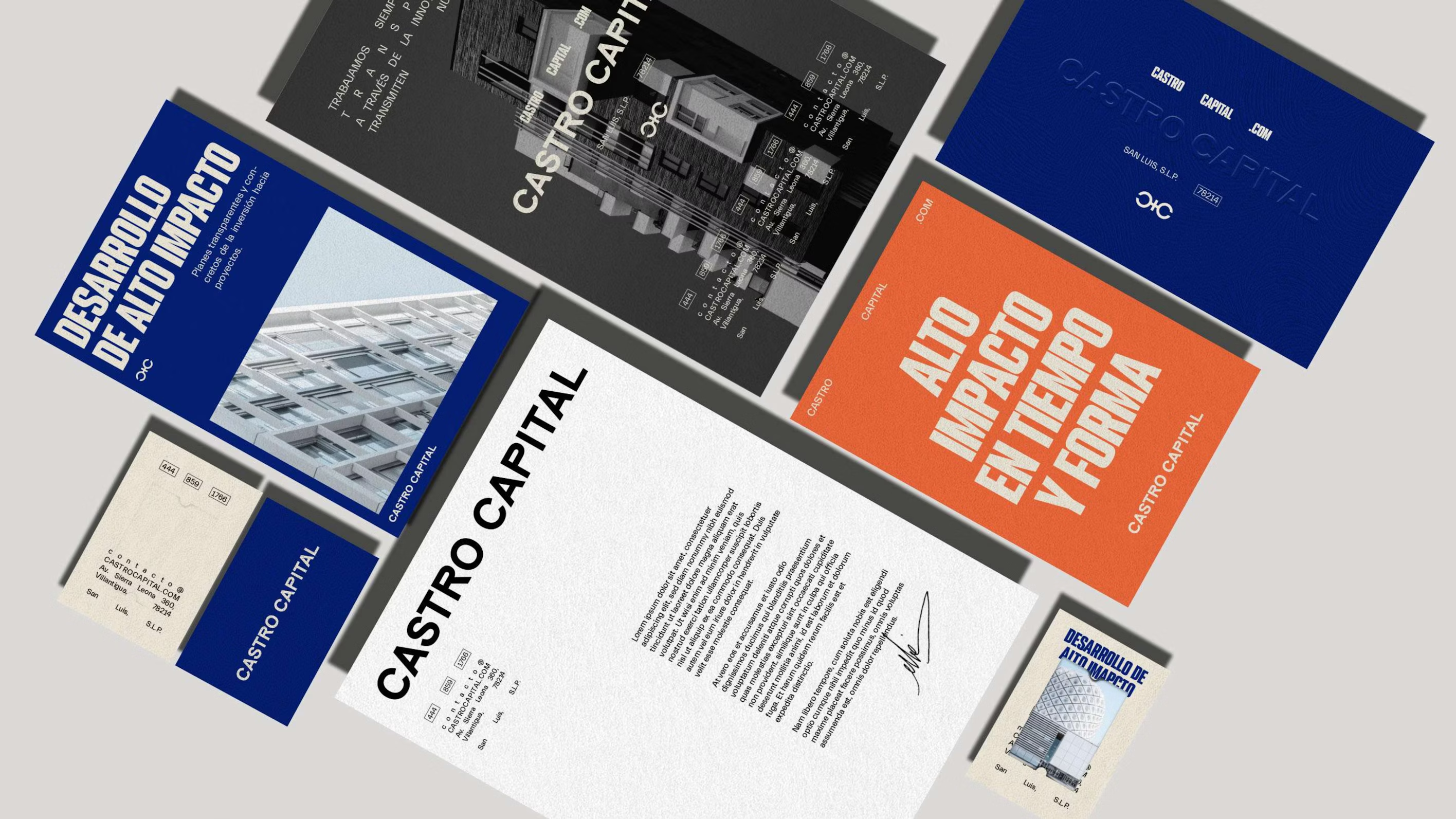
Before we build the bridge, we have to understand the valley between us. The friction between creative/marketing and product/engineering teams is a classic business trope for a reason. It stems from three fundamental disconnects in how we are taught to think and work:
The "Big Bang" vs. The Iterative Loop:
These are not just differences in vocabulary; they are fundamentally different operating systems for viewing the world. The "Product Thinking" framework is designed to install a new, shared OS across all teams.
This framework is a set of four principles that I apply to every creative project, whether it's a screenplay or a global brand campaign.
Before you write a single word or design a single graphic, you must answer two questions with ruthless clarity:
How to Apply It: Start every project with a one-page "User & Job Story" document. This simple artifact, shared with all stakeholders, becomes the North Star for every creative decision. It forces you to move from "What do we want to say?" to "What does our user need to hear?"
The "Big Bang" campaign is dead. The risk is too high, and the feedback loop is too long. Instead, we must build and test the smallest possible version of our story to see if it resonates.
How to Apply It: Structure your creative process into sprints. Your first sprint is not "make the thing." It's "validate the core idea with the smallest possible effort." This allows you to learn and pivot before you've invested hundreds of hours and thousands of dollars into a flawed concept.
A single TV commercial is a deliverable. A YouTube channel is a system. A single blog post is a deliverable. An SEO-driven content hub is a system. To apply product thinking, we must shift our mindset from creating isolated assets to building interconnected, evolving systems of content.
This means asking a different set of questions during the creative process:
How to Apply It: For any significant creative initiative, create a "Content Ecosystem Map." This is a simple flowchart that visually maps out how every piece of content in a campaign connects to the others, and how a user will flow between them. This artifact forces a systems-thinking approach and ensures that the whole is far greater than the sum of its parts. It turns your campaign into a cohesive user journey.
This is the heart of the product mindset. There is no such thing as "finished." There is only "shipped." The moment a creative asset goes out into the world, its job is not done; its most important job—gathering data—has just begun.
For creatives, "data" can feel like a dirty word. We think of soulless A/B testing that optimizes the humanity out of a piece of work. This is a flawed understanding. Data is not a replacement for creative intuition; it is the most powerful tool for informing it.
How to Apply It: Implement a "Creative Retrospective" as a non-negotiable step in every project. One to two weeks after a campaign launches, the entire team convenes to look at the performance data. We don't just look at what won; we ask why it won. Was it the messaging? The visual? The channel? This process turns every project, success or failure, into a priceless learning opportunity. It builds a collective intelligence that makes the next project smarter, and the one after that even smarter.

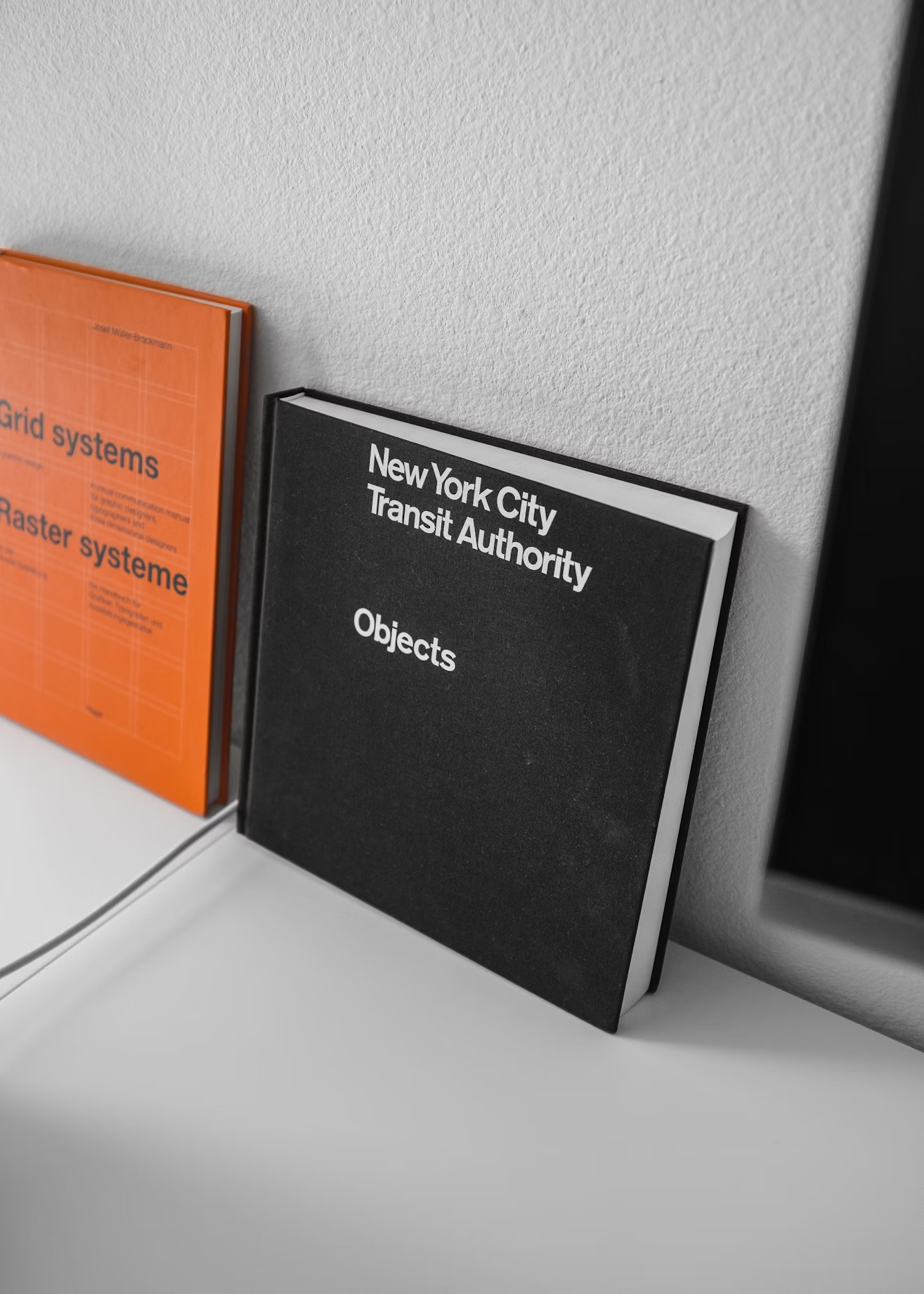
When you begin to integrate this framework, the change is profound.
Your team stops being a reactive "service department" that takes orders and starts being a proactive "growth engine" that solves business problems. Your conversations with leadership change. Instead of talking about the subjective quality of an ad, you're talking about how a campaign's narrative structure is impacting the user retention curve. You're not just defending your creative choices; you're presenting a data-backed case for why your story is the most effective way to achieve a business goal.
This is the essence of being a Full-Stack Creative. It's not about being a designer who can code or a writer who can use Figma. It's about being a leader who can speak the languages of both story and systems. It's about having the empathy to understand the user's emotional journey and the rigor to map that journey to a business outcome.
This framework doesn't diminish the magic of creativity. It gives it a powerful, strategic engine. It takes the beautiful, chaotic, and deeply human art of storytelling and makes it an undeniable force for growth.
'Improving Platform Retention by 30% Through User Journey Design.'
See what our satisfied clients say about working with us.
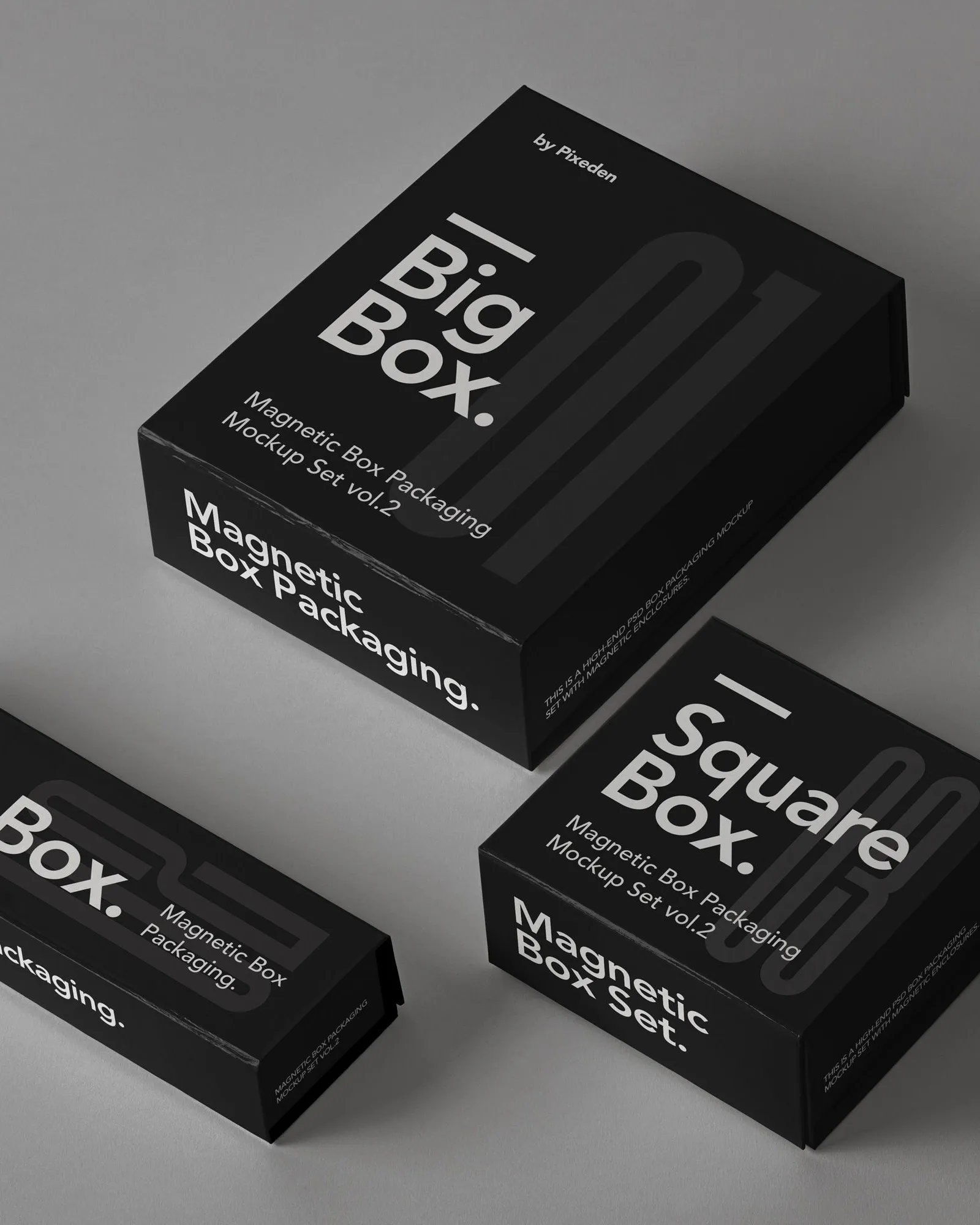
Our proven process ensures successful outcomes and client satisfaction every time.
